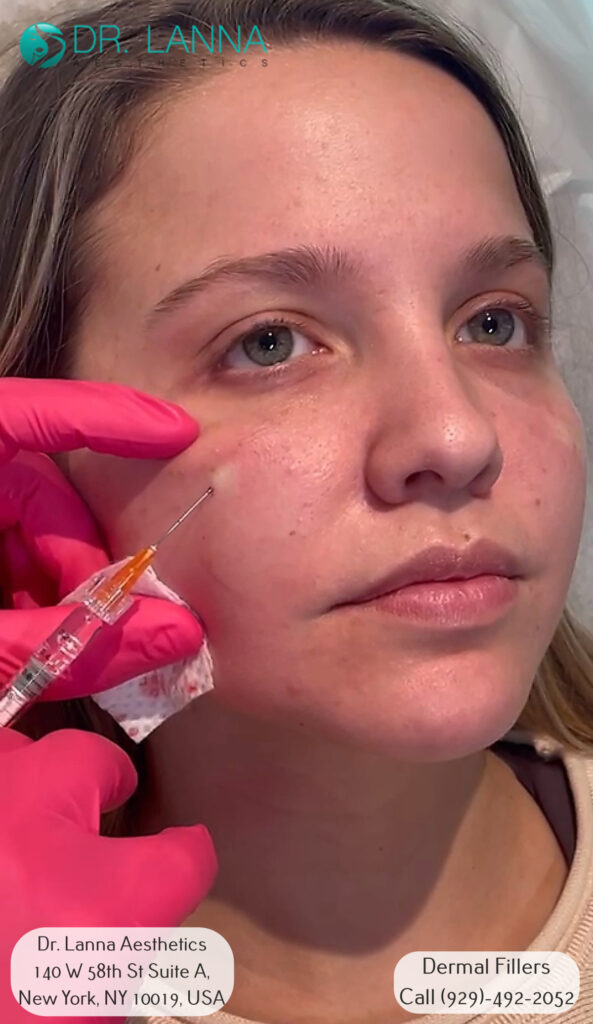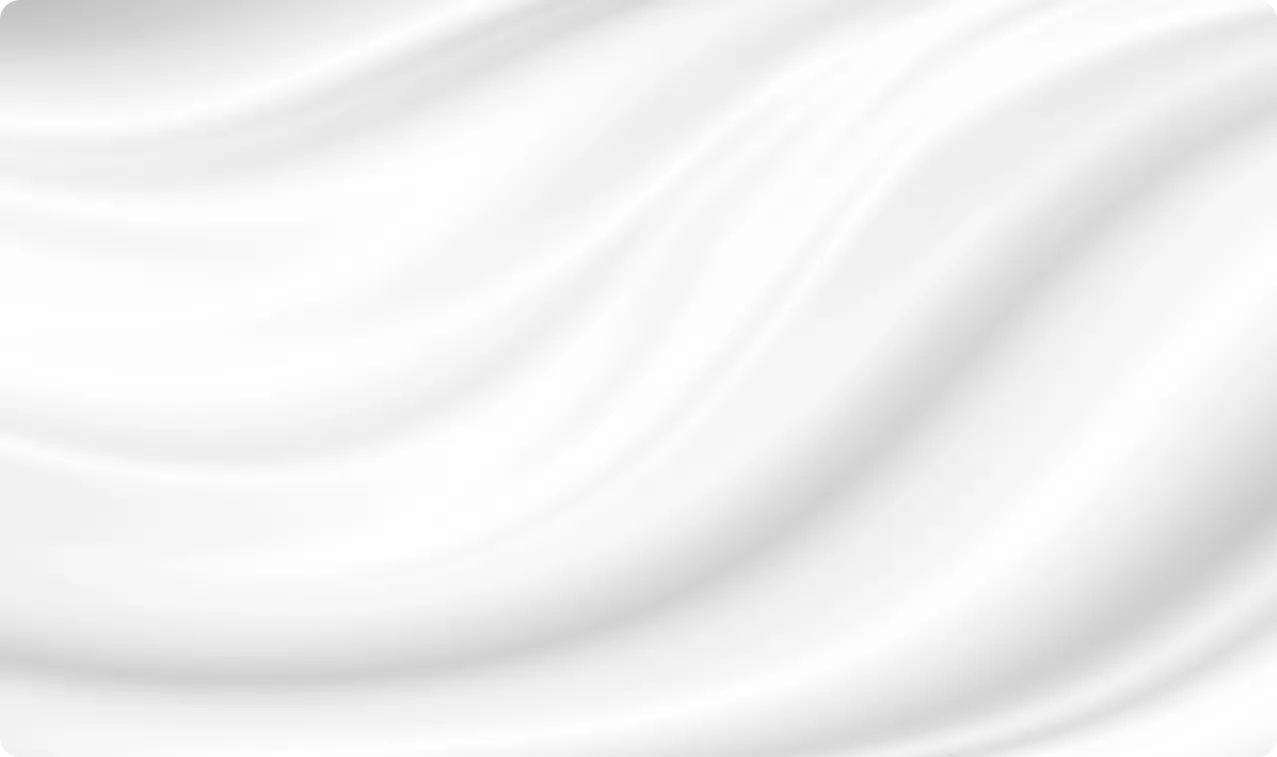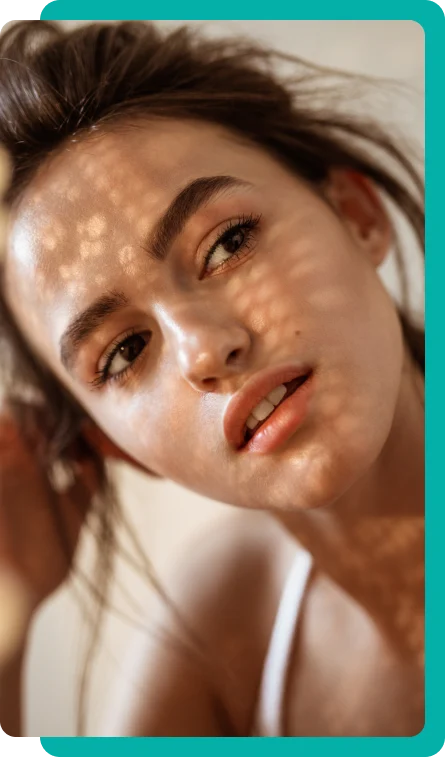Cheek fillers are a popular form of treatment offered in many medical spas. Injectors are usually capable of administering this treatment with ease, allowing clients to enjoy a smoother and firmer appearance. However, there are proper techniques that all injectors should use to ensure effectiveness and patient safety.
So how does a provider learn how to administer the proper cheek filler injection technique? You should first familiarize yourself with the principles behind cheek fillers. These will allow you to properly target areas to restore lost facial volume, lift up saggy areas, and reinvigorate the appearance of the cheeks. Injectors could also benefit from constant practicing to fully master the techniques needed for cheek filler injections.
Cheek Filler Injection Techniques
During training, it’s understandable to commit a few errors regarding injection techniques. After all, you’re likely new to the industry—many training programs are open to interested individuals regardless of their background in medicine. However, targeting an incorrect area during an actual injection can cause harm to a client.
It’s important for you to have the guidance of a supervising physician or technician. These people can serve as mentors to help you properly administer a cheek filler injection. Additionally, they’ll also be the ones to communicate with you regarding the needs of the patient.
Target Areas
Cheek fillers are dermal fillers made specifically to augment the cheeks. They increase the volume around the cheekbone area, making it look more defined regardless of bone structure. And while not the primary goal for most treatments, the fillers also help smoothen facial lines and other signs of aging.
Flattened areas around the cheeks are usually targeted due to the hollowness that results from aging. Dermal fillers help replenish volume in the area, creating a plumped-up and more youthful appearance. The injectables also add definition, creating a chiseled and more sculpted look around the cheekbones.
Cheek fillers are usually placed in the deep medial cheek, on the side of the nasolabial fat pad. This placement enhances the middle area of the face and smoothens the area between the lower eyelid and cheek. It’s important for you to mark the specific injection points before you find the cheekbone. Once this process is complete, you can insert the needle at a right angle. Make sure you aspirate for 10 seconds before injecting the filler slowly.
Once you hit the target areas, it helps to maintain your contact with the periosteum. This helps you finish administering the dermal filler to the client. During your first time injecting the cheek filler, you’ll likely need supervision from a physician.
Approved Label Uses
The Food and Drug Administration (FDA) approved the use of dermal fillers for several purposes. Specific to the cheeks, these include:
- Decreasing the appearance of facial lines and other signs of aging
- Increasing the fullness of the cheeks
- Removing accumulated acne scars
- Restoring lost facial fat
These approved uses are also the usual treatments administered to clients. Many individuals want to appear younger—as a result, adding definition to the cheeks has become a common treatment goal. Additionally, many individuals want to get rid of deep-seated acne scars that haven’t faded with time. There are generally no long-term risks associated with using cheek fillers for these purposes.
In some cases, specialists may also be allowed to use fillers to correct saggy skin due to aging. Some patients complain that their face appears to be in a permanent frown. This phenomenon can easily be corrected by using fillers to anchor or relax the affected muscles.
There are some specialists that use fillers for off-label purposes. These include filling in hollow areas around the temples or the eyelids. These areas are common locations for signs of aging. While it’s common to see these procedures, these might not be considered safe and legal in some states. Before you perform these treatments, make sure that you consult with a supervisor. Otherwise, you could put the clinic and hospital at legal risk.
Proper and Recommended Techniques
The proper cheek filler injection technique depends on a variety of factors. There are 9 common techniques that specialists can use to apply fillers. These are:
- Tunneling
- Point
- Stretching
- Dual plane
- Fern
- Cross-hatching
- Fanning
- Depot
- Tower
Tunneling involves directly inserting the microcannula into the skin. This allows the filler to pass through the area without hassle. It’s commonly used for getting rid of wrinkles and other facial lines. Additionally, tunneling can also be used when administering a cheek filler for volume correction.
The point technique is used to inject fillers into smaller spots across the skin. This technique can be used to cover spread out areas. During the procedure, the specialist will also combine the fillers with silicone. It is only used in complicated cases where the fillers can only be used in sporadic amounts. Many injectors only use this technique as a laser resort, since it’s associated with multiple side effects.
Stretching is known for putting tension on the targeted cheek areas. It’s more precise than the tunneling and point methods, and is used to treat skin laxity around the mouth. During a stretching procedure, the skin is extended to isolate the problem areas.
In the dual plane technique, the filler is injected into 2 different skin layers at the same time. The thin filler is released deep into the dermis, while the thick filler settles directly below the skin. This method is applicable for treating facial wrinkles and restoring lost volume around the cheeks.
The other techniques are lesser-known but are also useful for specific conditions. The fern pattern, much like the point technique, involves injecting the fillers in small areas. But here, the fillers are arranged in a leaf-shaped pattern to prevent facial immobility. Cross-hatching is a parallel technique that reaches broader areas. In fanning, the needle or microcannula goes back and forth under the skin to slowly deposit the fillers.
And in the depot technique, the needle is inserted in a sequence to ensure all areas are reached. The tower method, which is used in lifting the cheek bones, pushes the needle towards the bone rather than the skin.
Professionals Who Can Administer Cheek Filler Injections
Clients who want to undergo cheek filler injections need to find a licensed provider to administer their treatments. Many states have cosmetology boards that carefully filter who can practice aesthetic medicine in the region. Professionals who can perform cheek augmentation procedures include:
- Doctors (plastic surgeons, internal medicine physicians, etc.)
- Licensed cosmetologists
- Nurses
- Physician’s assistants
Plastic Surgeons
Plastic surgeons are medical doctors who underwent cosmetic surgery training. These surgeons are the most common individuals who administer cheek fillers to patients. They’re also the most common instructors for aesthetic treatments in medical and training schools. If you’re a doctor looking to specialize in cosmetic surgery, you can look into getting a plastic surgeon as a mentor.
Plastic surgeons should be well-versed in facial anatomy. It’s important for them to be precise with all their movements during a procedure, especially when using more adventurous injection techniques. Many plastic surgeons can achieve a natural result after injecting fillers. Additionally, they can also prescribe medication to help the patient during their recovery.
Many nurses and physician’s assistants are supervised by a plastic surgeon when injecting fillers. Besides hospitals, you can also find plastic surgeons in medical spas across the United States. These spas provide cosmetic treatments to clients, and all their primary specialists have a medical background.
Other Medical Doctors
Besides plastic surgeons, other medical doctors can also administer dermal fillers if necessary. In many states, having a license to practice is sufficient to be permitted use of fillers. It’s common for doctors to refer a patient to a plastic surgeon for drastic treatments or operations. Dermatologists will usually give a referral if the patient’s skin problems don’t respond to topical treatments and lifestyle changes.
For milder cases, dermatologists may administer the fillers directly to the patient. They’ll also help the patient determine if adding or reducing fillers is the correct move for them. Besides dermatologists, internal medicine physicians can also inject fillers if deemed necessary. Since cheek filler treatments don’t require large incisions, your doctors can carry out the procedure from their office.
Your internist or dermatologist can also prescribe painkillers and other medications to help ease any discomfort during recovery. Sometimes, your plastic surgeon will recommend that you go to your general practitioner to check for potential contraindications. A pre-procedure test can determine if you have any allergic reactions to the materials used in fillers.
Nurses
Nurse practitioners are also qualified to administer dermal fillers. However, they’ll need to undergo additional training courses. They may enroll via a training institution or online certification program. In some states, nurses still need to be supervised by a physician when they inject the fillers. It’s also important for their license to be up-to-date, as nurses with lapsed certifications can’t legally practice.
Some nurses specifically cater to aesthetic patients, and can help answer questions patients have about the procedure. Nurses can’t prescribe medications to patients. However, they can help remind the client about specific aftercare instructions.
Physician’s Assistants
Physician’s assistants can inject dermal fillers when supervised by a doctor. Assistants should have undergone state-mandated training before being permitted to perform cosmetic treatments themselves. Even after getting certified, assistants can’t inject fillers without a doctor present in the same room.
Assistants are also equipped with the necessary skills to check a patient’s vitals before the treatment. Additionally, they can also help the doctor in formulating the patient’s customized post-treatment plan. It’s important for them to maintain communication between both the client and physician to keep records accurate and updated.
Cosmetologists
Cosmetologists focus on treatments that improve a person’s appearance. The day-to-day tasks of a cosmetologist involve using modalities to smoothen, straighten, or contour the client’s face and body. Licensed cosmetologists can inject dermal fillers by themselves, provided that they have the necessary documents and licenses.
While cosmetologists don’t need to have a medicine-related degree, they’ll need to pass a mandated exam to practice in some states. Other states leave this responsibility up to the establishment, but the facility has to train all of their employees with the treatments they’ll be administering.
Cheek Filler Resources for New Injectors
Being a new injector can be difficult, since the clients expect long-lasting, safe, and aesthetically pleasing results. However, there are some learning resources that you can access as refresher materials. Some are online-based programs that cater only to people with a medical background. In some cases, the materials also come in both physical and digital formats.
Training Courses and Seminars
There are many training courses and seminars that discuss the proper cheek filler injection techniques. These are also facilitated by medical professionals who have experience handling cosmetic procedures. If the seminar acts as a 1-day aesthetic course, there’s usually a portion focused on demonstrating the procedure. You’ll receive a certificate once the seminar finishes.
Seminars are held by medical and aesthetic societies, and can either be member-only or open to the public. These also allow people to learn about topics not normally discussed in other settings. In the case of cheek fillers, some seminars may discuss the business and ethical practices related to treatment. These may be glossed over in normal courses and training sessions.
Guidebooks
Guidebooks can act as a secondary reference text for cheek fillers. These are printed manuals or books that focus solely on the correct techniques for cosmetic procedures. For instance, some guidebooks teach the proper localized injection technique for fillers that address problems in the maxilla.
These books are often used in conjunction with courses. In some cases, guidebooks are sold separately and can be read on their own. Your supervising physician may also assign you these guidebooks if you’ll be assisting in a complex procedure.
High Quality Cheek Augmentation Treatments at Dr. Lanna Aesthetics
Cheek fillers should be properly administered – it’s important to practice safe and effective techniques to ensure that the client is as comfortable as possible. Practicing the proper injection technique also prevents unnecessary repeat sessions.
At Dr. Lanna Aesthetics, our injectors are all licensed professionals. We only practice the correct injection techniques, and our staff members are always ready to answer your questions. Get in touch with us today to book your treatment session.



